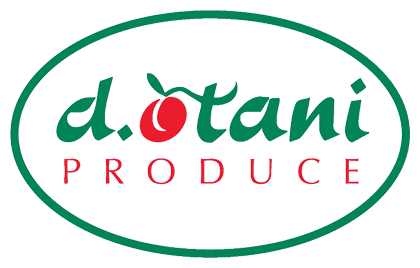As a first-time attendee of United Fresh’s BrandStorm, I wasn’t sure what to expect. The sessions all looked interesting and, like all produce-industry events, I knew great connections were going to be made.
What I didn’t expect was the free-flowing sharing of ideas. There wasn’t a sense of competing brands or commodities, but a camaraderie of pushing the envelope and setting the produce department as a whole ahead of the curve.
I’m always so proud of our industry and its dedication to providing people with the healthiest food on the planet. After this conference, I was excited to see what’s coming. Here are my key takeaways from the conference.
Break the mold
We heard from Alvaro Luque of Avocados From Mexico and Valda Coryat of the National Mango Board and how each were marketing more than a just commodity — they were building a brand. Whether out of the playbook of a major CPG company by running a Super Bowl commercial surrounded by a full digital promotion, or through the use of humor and storytelling to bring mangos to the mainstage in the United States, both of these commodity boards were breaking the mold of traditional marketing.
To truly become innovative, we have to look for the trends that are already trends on their own without us having to do the heavy lifting, then capitalize on them. Look at the success of Cece’s Veggie Noodles, whose chief marketing officer, Chris Pruneda, spoke at the CMO Panel. Spiralized veggies were on the rise and the company was able to capitalize on the trend by offering pre-cut, pre-packaged options to shoppers. We’ve seen this over and over again with new packaged salads and cauliflower rice among others.
Connect to emotion
As produce brands, it’s easy to tout our health benefits and we should, they’re important for consumers to know. But what do you want your consumers to experience, feel or think when it comes to your brand and products?
Growing up, my family always used Nestle Toll House chocolate chips and the recipe on the package to make cookies at home. Today, even though I love to bake and make all types of cookies, that recipe and those chocolate chips are still my go-to for chocolate chip cookies. The connection to my childhood is so ingrained in my memory that I don’t think I could ever stray from it.
Do your shoppers connect with your brand in that way? Could they not imagine picking up another tomato, apple or salad kit? Shoppers care about what you stand for. As a brand, you need to show your value to connect emotionally to them.
Invest in shopper marketing
There was a lot of talk on investing in shopper education, clean store policies and how they can limit messaging in-store, and how to find the right partners for a promotion. It was evident that this was important for all brands and their retail partners, but there wasn’t always a clear or easy solution to meet all needs.
While some brands have the resources to develop customized merchandising displays that help move product and provide value to the shopper, not all brands do. There are opportunities for all brands, large and small, to work with their retail partners to help drive category sales, meet the changing needs of consumers through value-add products, and cross-merchandise within and outside of the produce department.
At Produce for Kids, we connect with retail partners and their produce suppliers to help do this. We work together to create secondary signage and displays that inspire shoppers to make healthier purchases and give back to their local community, increase brand awareness and sales in the produce department, and supplement that with a complete 360-degree program including online and digital support, public relations and influencer outreach.
Pros and cons of packaging
There is much to be debated on types of packaging and how sustainable they are. Consumers are calling for less plastic, but aren’t properly educated on recycling, transportation costs and how packaging can extend shelf life.
Jennifer Tillman of Sonoco led a great session on packaging and posed this question for us to consider. How is your packaging used by the shopper in their everyday life? She gave an example of Daisy Sour Cream and its new squeezable pouch. Now shoppers are storing and using their sour cream in new ways and paying a premium for the same product.
Education is key for shoppers. Tell them how your packaging help cut down on your carbon footprint, how it’s keeping the product fresh, or how it can be recycled or reused at home.
Exciting things are coming for our industry. As Chris Veillon of Pure Flavor challenged everybody at the conference, are you ready to be revolutionary? Can we, as an industry, affect change in a positive way?
I think we can.
(Amber Bloom is the digital marketing manager for Produce for Kids)

